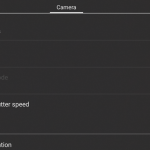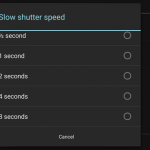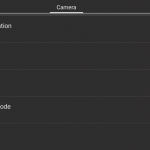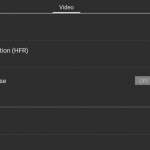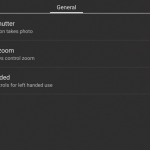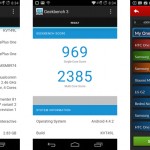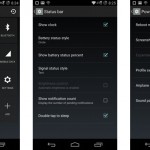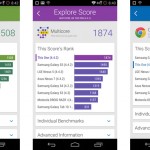Five years ago, launching a decent streaming platform took millions. Now? A teenager with a laptop can build something that reaches millions. That shift…
OnePlus One review: two good to ignore
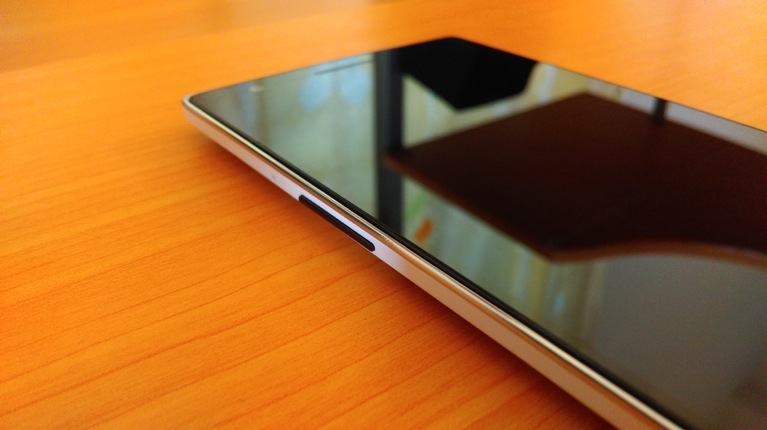
OnePlus One are the words on every phone fanatic’s lips. Made by a new company that was later revealed to be wholly owned by Oppo, the OnePlus One is the best performing Smartphone in the industry at a sub-$500 price point. It beats Google at its own game by offering a Nexus competitor that is faster, offers more storage, is more beautiful, has a better camera and costs far less, to top it off.
Priced at US$299 for the 16GB version and US$349 for the 64GB version, the OnePlus One only has a few competitors that can match up to its price-performance ratio. Those are the Google Nexus 5 and the Xiaomi Mi3, the latter being a phone from a Chinese company with limited availability in Asian countries.
Gorgeous design
People will be quick to point out that the OnePlus One looks very similar to the Oppo Find 7, and they are right about that. With similar height, thickness, width and weight (OnePlus One is slightly lighter thanks to the magnesium-alloy build), you can practically label them off as siblings.
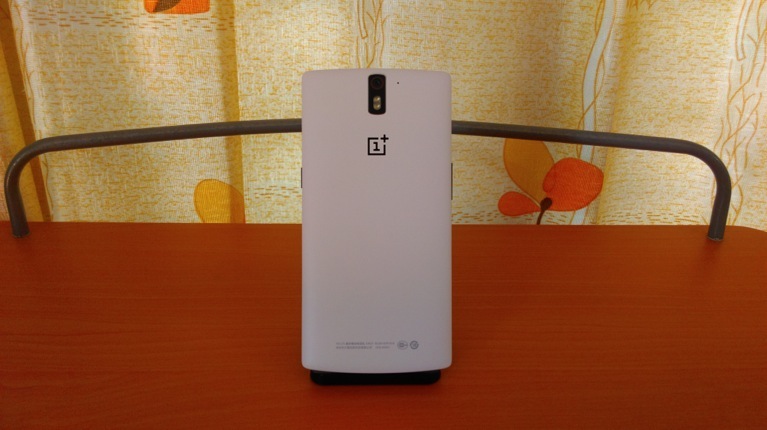
The front of the phone is dominated by the large and gorgeous 5.5″ 1080p (1920 x 1080) display, which isn’t as bright as its competitors, but offers great colour reproduction and excellent viewing angles. The top left has the 5MP front camera, with the earpiece at the centre and a tiny notification LED sandwiched in between them.
On the left, you will find the volume rockers and micro-SIM slot, whereas on the right side lies a lone power button. A 3.5mm jack on the top right edge, microUSB port at the bottom center and stereo speakers flanking its side tops off the design of the OnePlus One.

OnePlus offers the One with “Plastic White” and “Sandstone Black” back covers, of which the former is slippery while the latter offers a better, safer grip. A 5.5″ smartphone that is 152mm tall is not easy to handle, especially if you are using the White back edition. It’s slippery, and it almost fell once or twice on my lap (and not the floor, thank you). This is something that is common with phablet-sized devices. The Sandstone edition isn’t as slippery, thankfully.
Beautiful display
Although the OnePlus One doesn’t have a very bright display, it makes up for it with rather accurate colour reproduction and amazing viewing angles, making it one of the best performing displays in the market. Despite what the price tag might suggest, OnePlus hasn’t skimped on any corners while making their ultimate Android Smartphone.
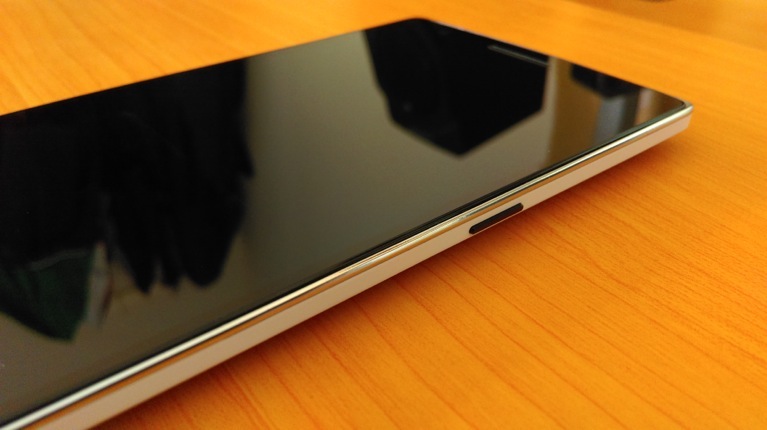
For most of the time, you will find yourself staring at the 5.5″ 1080p LTPS LCD display as colours come to life. Videos are fun to watch, thanks to the large screen size, and gaming is a also pleasure.
The glass panel is very reflective; it doubles as my mirror to be honest. Outdoor visibility is something OnePlus can work on in their next flagship (the OnePlus Two?).
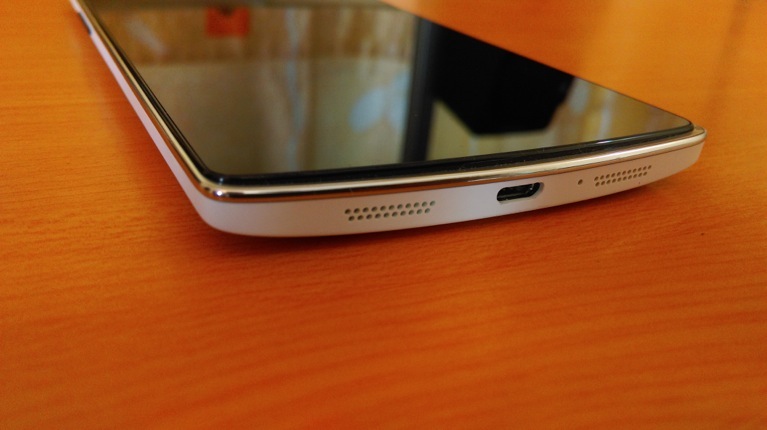
LOUD speakers
OnePlus has fitted the One with one of the loudest loudspeakers that have ever rung my ears from among the plethora of flagship devices. Low-end smartphones typically come with loudspeakers that can reproduce such a loud cacophony. The music output is loud enough to make everyone in the vicinity turn round and stare when the phone’s CyanogenMod ringtone comes to life.
While it won’t be able to rival the HTC One M8 in audio quality, it does come pretty close in terms of loudness alone.
Balanced camera
Cameras on cheaper phones have always been a hit-or-miss. The OnePlus One doesn’t fall under that category, with a superb 13MP Sony sensor (yes, that Sony) that clicks great images under bright sunlight. The CyanogenMod camera app offers a ton of customisation features, especially in the video department. Support for 4K UHD (30fps) and DCI (24fps) is welcome, though a fast 1080p (60fps) video is still better for all practical purposes. Super slow-motion videos can be shot using the 720p@120fps mode.
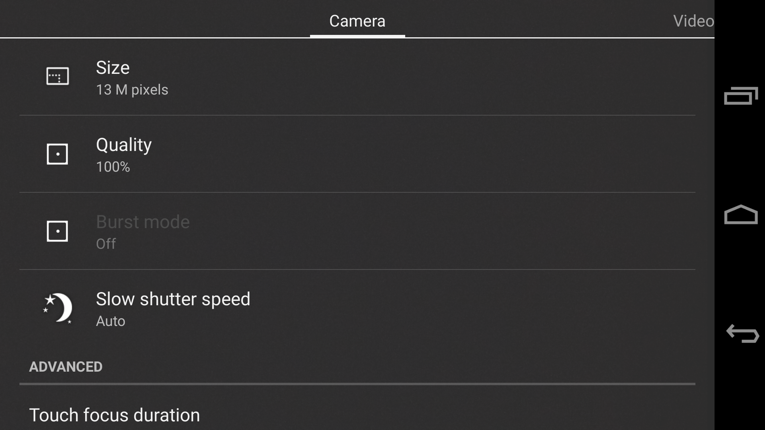
The front camera is a 5MP unit which produces bright, sharp and well-balanced images. Video calling at 1080p is possible, and the person at the other end is going to get to see a good-looking image, no matter how bad the feed is.
OnePlus has armed the rear camera with a dual-LED flash, which doesn’t help while taking selfies with the front camera (sadly). Sony’s new selfie-focused Xperia C3 solves that by putting an LED flash beside the front camera as well.

Oneplus One - Product Image 0008

Oneplus One - Product Image 0011

Oneplus One - Product Image 0014

Oneplus One - Product Image 0015

Oneplus One - Product Image 0016

Oneplus One - Screenshot 0031

Oneplus One - Screenshot 0032
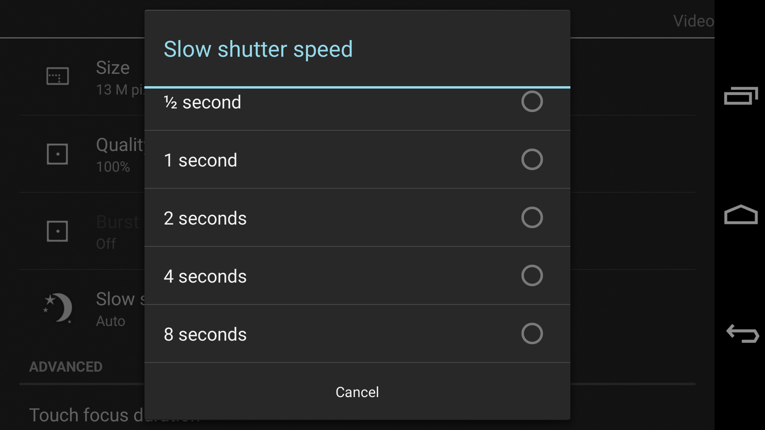
Oneplus One - Screenshot 0033
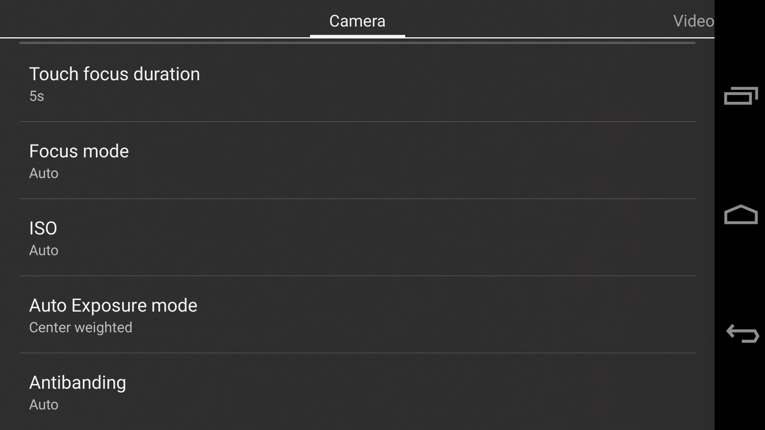
Oneplus One - Screenshot 0034
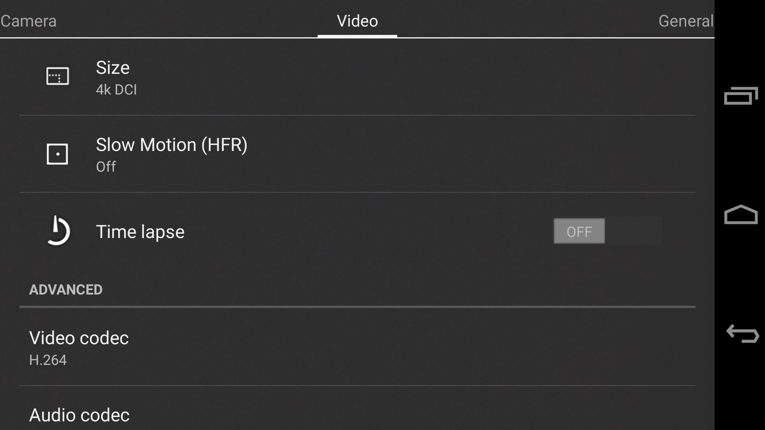
Oneplus One - Screenshot 0035
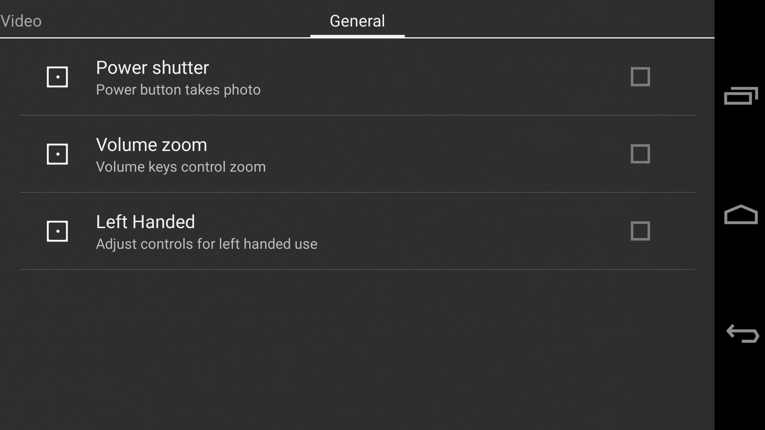
Oneplus One Camera Audiofx Screencast Apps Ui
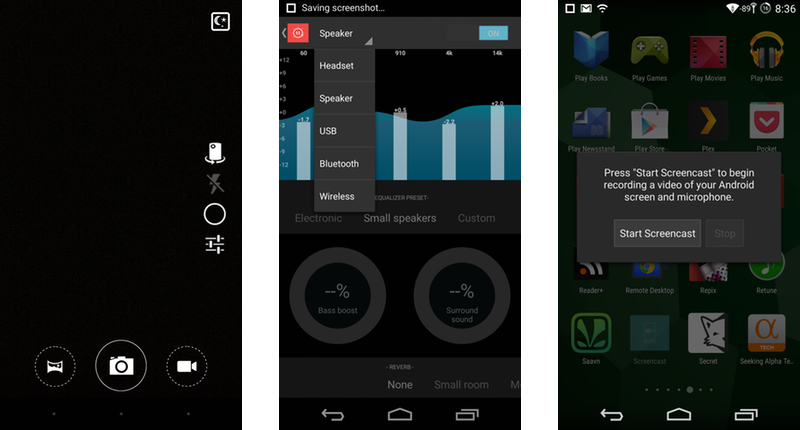
Oneplus One Cyanogenmod 11s Ui
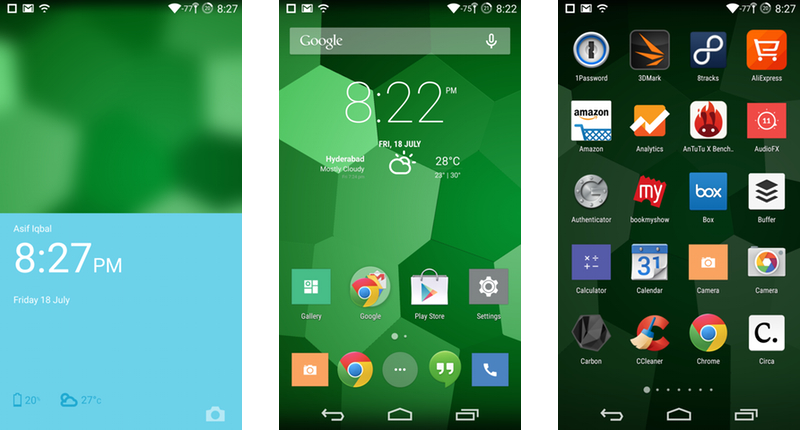
Oneplus One Geekbench 3 & Antutu X Benchmark Scores
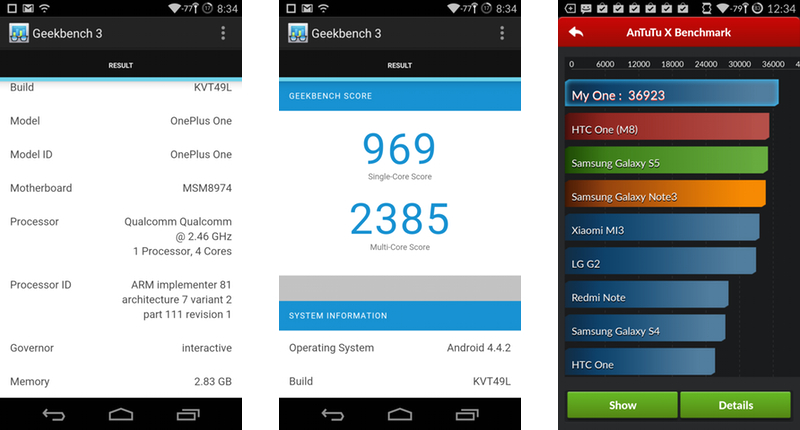
Oneplus One Interface Customisation Options
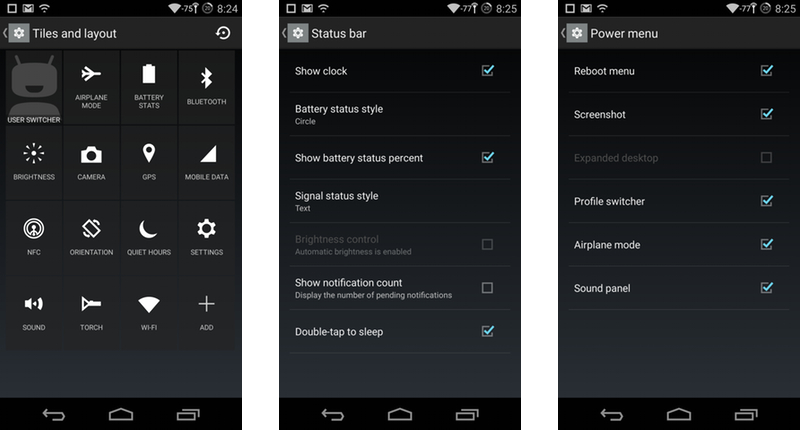
Oneplus One Settings & Battery Life
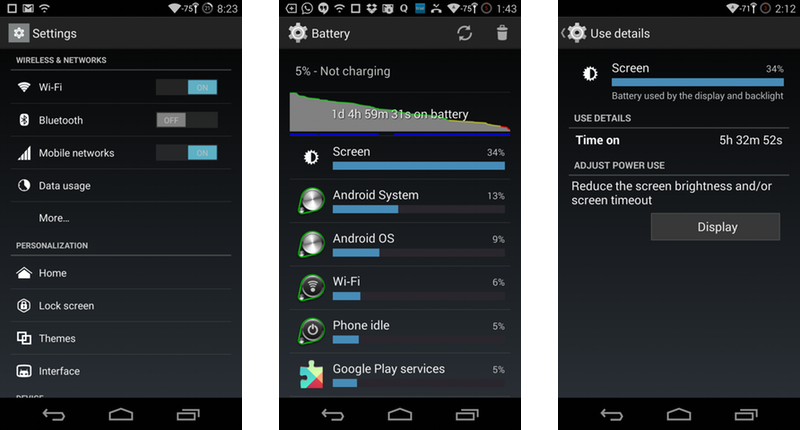
Oneplus One Vellamo Benchmark Scores
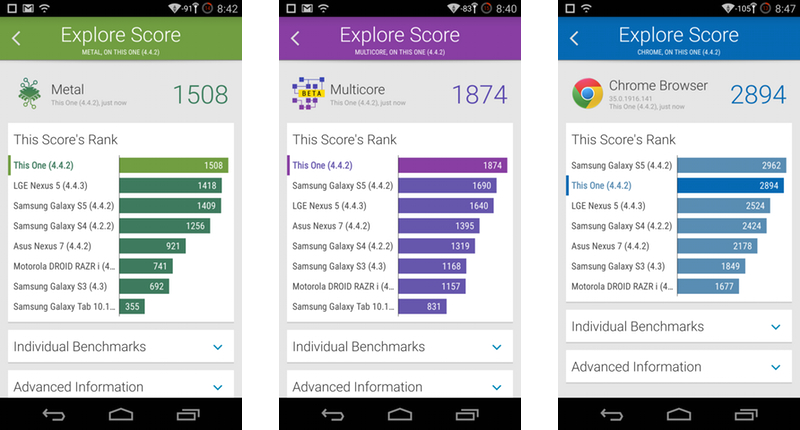
Oneplus One - Camera Samples
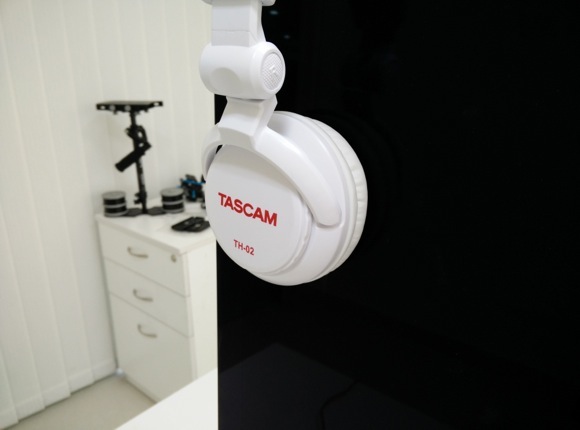
Oneplus One - Camera Samples
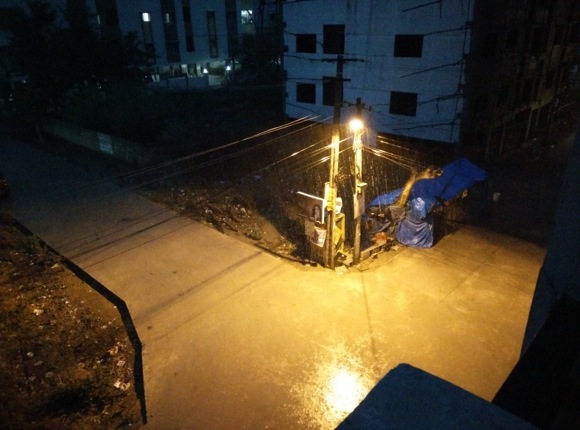
Oneplus One - Camera Samples
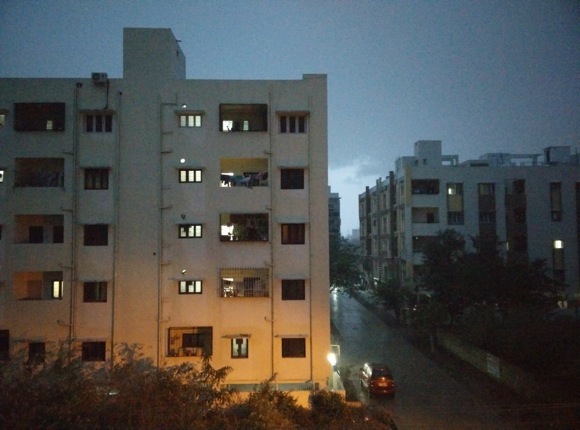
Oneplus One - Camera Samples

Oneplus One - Camera Samples
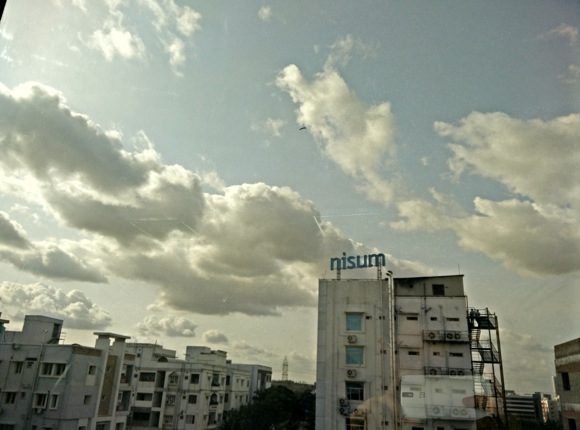
Oneplus One - Camera Samples
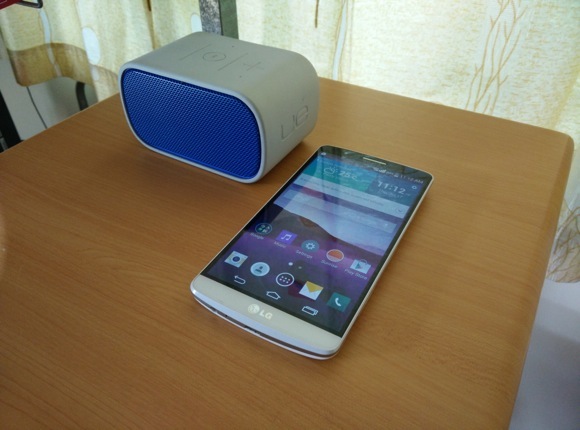
Oneplus One - Camera Samples

Oneplus One - Camera Samples
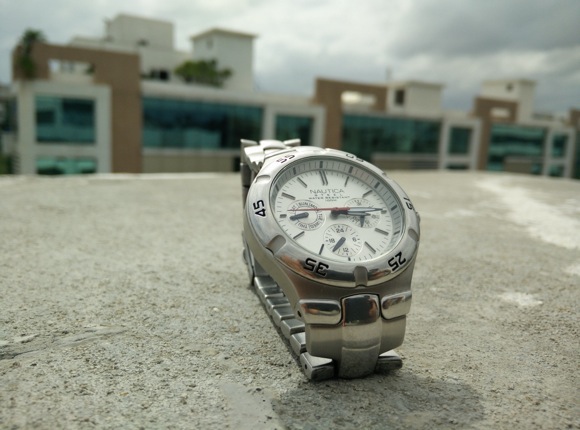
Oneplus One - Camera Samples

Oneplus One - Camera Samples

I would put the image quality between that of the Sony Xperia Z2 and the Samsung Galaxy S5, which means you are going to be more than happy with the shots clicked using this US$349 device.
Topnotch performance
A Snapdragon 801 MSM8974AC (2.5 GHz) quad-core chipset is running the show. Slowdowns in performance are a thing of the past, as CyanogenMod 11S and the fast chipset together run the show better than any Android high-end offering in the past.

There’s 3GB RAM that will most likely never run out. Even after playing with dozens of apps, I still had nearly 1GB RAM free. Someone once said that free RAM is wasted RAM, and that is indeed true. There’s enough RAM for my apps to be kept running on the background, so I can easily (and more importantly, quickly) switch between them for fast multi-tasking.
Storage shouldn’t be an issue with the 64GB version, which is what I recommend to anyone looking to buy the OnePlus One. Sadly, the lack of a microSD card slot is what stops me from giving this phone a perfect score.
CyanogenMod 11S
CyanogenMod is the most popular Android custom ROM in the world. The CyanogenMod team have tailored a special version of their ROM, dubbed 11S, which runs on Android 4.4.2 KitKat (and will soon be updated to Android 4.4.4). The features are what you see in the regular CyanogenMod 11 ROMs, with some customization localized for the OnePlus One.


You can literally customize each and every software element in the phone, most of which are aesthetic (status bar, navigation buttons, themes, fonts, icon packs, etc.). It’s something that I never get tired of. If I don’t like how my phone looks, I just download one of the free themes or pick up a premium paid theme from the CM Theme Showcase app, available on Play Store)
Navigation is fluid, the UI is gorgeous and the overall UX is very satisfactory. You won’t ever feel bored of the design, or the default Trebuchet launcher either.
Battery
With such a large 5.5″ display and high-performance quad-core Snapdragon 801 processor, battery life would be an obvious concern of any buyer. Thankfully, the OnePlus One doesn’t disappoint. Its non-removable 3100mAh battery unit will last you the entire day, or about four and half hours of screen-on time with heavy usage. That’s just average, but you’ll be happy to know that standby time is longer.

Talk time of around 20 hours, video playback of 10 hours and web browsing of 9 hours is considered decent in my books, and the OnePlus One achieves those figures with a few percentage points of battery to spare.
Verdict: it is going to be tough to find a better built smartphone at US$299 or US$349, offering a similar feature set and software package as the OnePlus One. If you get an invite, buy it without a moment of hesitation.
Score: 9/10





